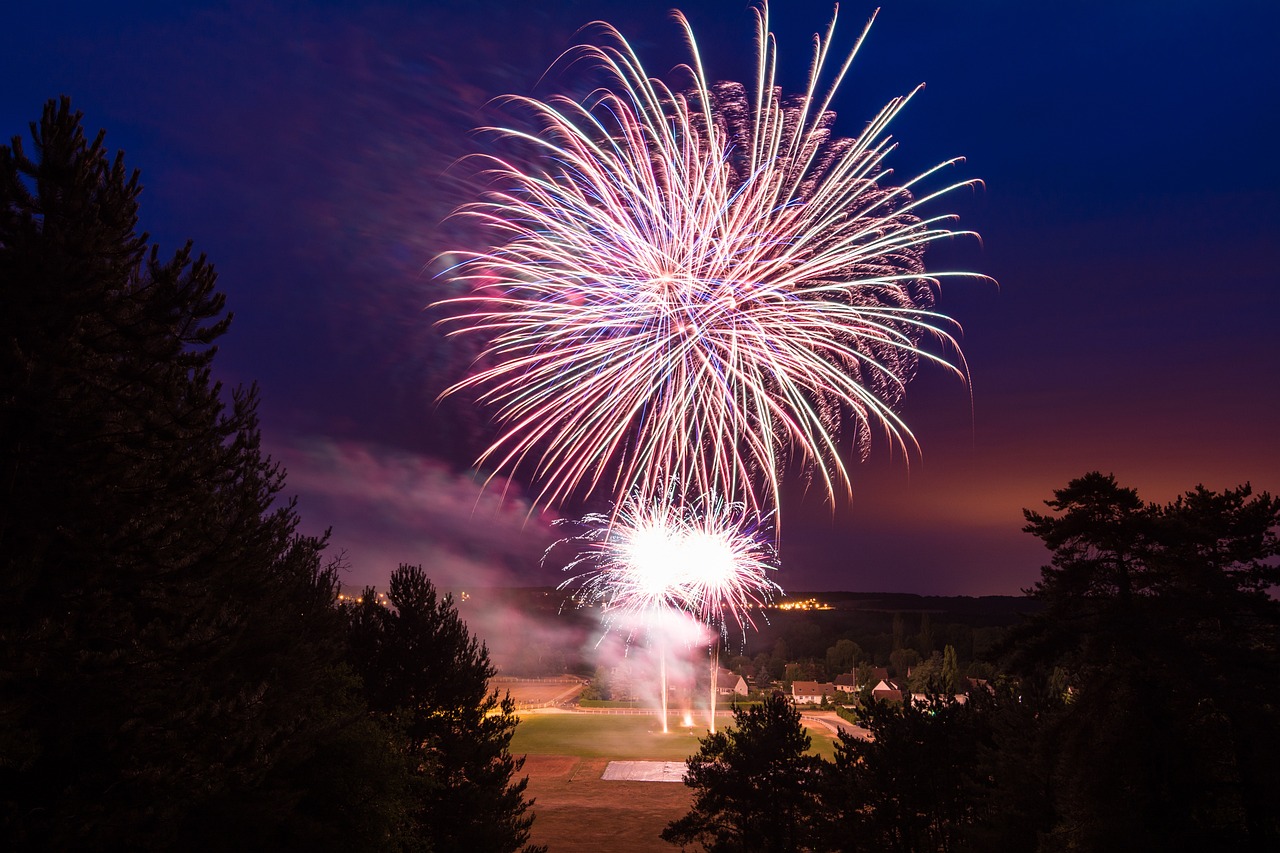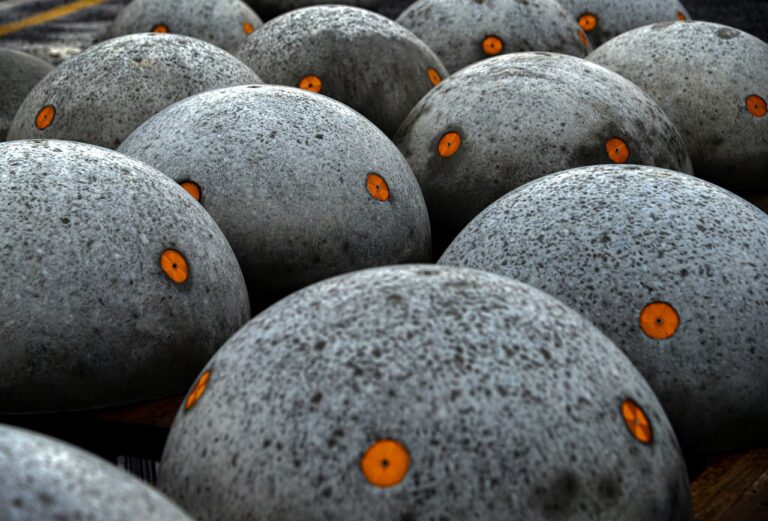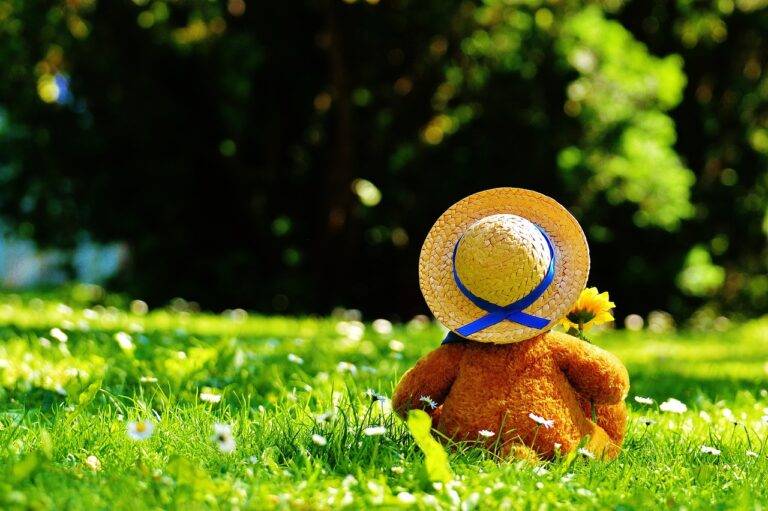Sound Editing in Wildlife Documentaries: Immersing Audiences: Allpaanel com mahadev book, Playexchange99, Gold365 login
allpaanel com mahadev book, playexchange99, gold365 login: Sound editing in wildlife documentaries plays a crucial role in immersing audiences in the captivating world of nature. While stunning visuals are essential for capturing viewers’ attention, sound has the power to bring the scenes to life and evoke powerful emotions. In this article, we will explore the importance of sound editing in wildlife documentaries and how it enhances the viewing experience for audiences.
Capturing Natural Sounds
One of the key elements of sound editing in wildlife documentaries is capturing natural sounds in their purest form. This involves using high-quality recording equipment to capture the sounds of the environment, such as the calls of animals, rustling leaves, and flowing water. These natural sounds help to transport viewers to the heart of the wilderness, allowing them to experience the sights and sounds of nature as if they were there themselves.
Creating a Sense of Space
Sound editing also plays a crucial role in creating a sense of space within the documentary. By strategically placing sound effects and ambient noises, sound editors can make viewers feel as though they are standing right beside the animals or exploring the vast landscapes depicted on screen. This immersive experience helps to draw audiences into the world of the documentary and make them feel connected to the natural world.
Enhancing Emotional Impact
In addition to creating a sense of space, sound editing can also enhance the emotional impact of wildlife documentaries. By carefully choosing and layering different sounds, editors can evoke a wide range of emotions in viewers, from awe and wonder to fear and suspense. For example, the sound of a predator’s roar or the rustling of bushes can create tension and excitement, while the gentle chirping of birds can evoke a sense of peace and tranquility. These emotional cues help to engage audiences on a deeper level and make the viewing experience more memorable.
Frequently Asked Questions
Q: How do sound editors choose which sounds to include in a wildlife documentary?
A: Sound editors typically work closely with the filmmakers and researchers involved in the documentary to select sounds that accurately represent the natural environment being portrayed. They may also use their creativity and artistic judgment to enhance the overall impact of the film.
Q: How long does sound editing take for a wildlife documentary?
A: The length of time it takes to complete sound editing for a wildlife documentary can vary depending on the complexity of the project. It can range from a few weeks to several months, depending on the level of detail and fine-tuning required.
In conclusion, sound editing in wildlife documentaries is a complex and intricate process that plays a vital role in immersing audiences in the natural world. By capturing natural sounds, creating a sense of space, and enhancing emotional impact, sound editors can elevate the viewing experience and transport viewers to the heart of the wilderness. Next time you watch a wildlife documentary, pay attention to the sounds around you you may be surprised at how much they enhance your viewing experience.







